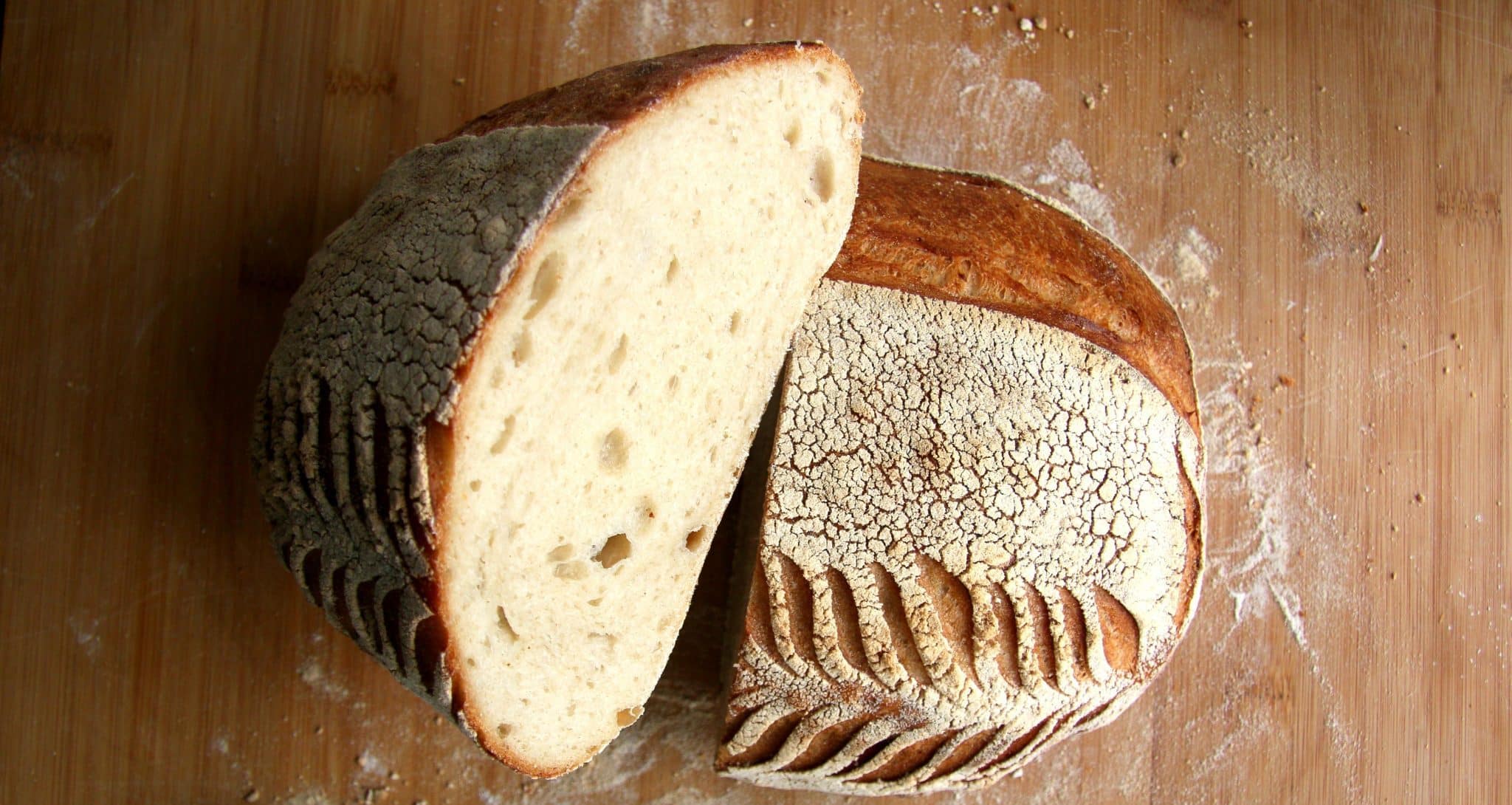Sourdough Starter FAQ

There is something rustic and beautiful about sourdough baking. The long rise time, the slight tang, the unique flavor and shape that every loaf takes on. It’s an art that has been performed for generations before the slow food resurgence so popular today. It is bread-making the way it always has been and should still be.
But it can also be overwhelming if you’ve never dabbled in it before. That first starter can bring about all sorts of questions and curiosities and struggles.
Which is why I thought we’d pause in our sourdough making and answer a few questions that may have come up in the process of beginning your sourdough journey…
Q: There is a layer of liquid at the top of my starter. What is it, is it safe, and what do I do with it?
A: The fermentation process produces alcohol along with acids and bacteria. That liquid layer at the top of your starter is called the “hooch” and is perfectly normal and fine. You can stir it back into your starter before baking or feeding, or you can pour it off if you’d like. Either way, don’t be alarmed – it’s just part of the process.
Q: Help! My starter doesn’t appear to be bubbling or active.
A: If you are starting sourdough from scratch attempting to catch wild yeasts then there are a lot of variables. You can catch some not very tasty or healthy yeasts and bacteria. Or you can fail to catch any at all for some strange reason. If after 3-5 days there is no activity whatsoever you might want to consider pitching it to the chicks/compost and starting a new one. Be sure you are feeding it every 12 hours, keeping it in a warm place (65-85 degrees), and stirring vigorously to incorporate lots of air.
Q: My starter smells like stinky feet, over-cooked cabbage, or (insert foul-smelling thing here). Is it bad?
A: The not-so-simple answer is it may be or it may not be. If it is the earliest days of establishing your starter it might take a bit for all of the acids to create that lovely “sour” smell that sourdough is known for. If, on the other hand, it is a well-established starter that smells funky it might actually be “bad”. It might smell extra-sour, alcoholic, or just plain off if you haven’t been feeding it frequently enough. Give it a couple of days of frequent feedings (every 12 hours) and then see how it smells.
Q: How do I make my sourdough less (or more) sour?
A: Sourdough doesn’t actually have to be sour. I know it’s counter-intuitive, but with a few tricks you can make a less sour-tasting sourdough bread. Feed the starter frequently, use a larger percentage of sourdough starter in a recipe, and give it the shortest proof time possible and you may find your sourdough bread really isn’t that sour anymore. If, on the other hand, you want more tang keep a drier starter, give it a longer proof time, and leave the hooch in your starter.
Q: I can’t possibly feed my starter every day and I don’t bake with it that often. Is it possible to feed it less frequently?
A: Absolutely! If you’re making pancakes, biscuits, or bread every day then it makes sense that you’d feed it every day. If, however, you only want to use it once a week you can keep a well-established starter in the refrigerator for a week between feedings. Just make sure you remove it from the refrigerator, allow it to come to room temperature, and feed it well before baking.
Those are the most commonly-asked sourdough questions that I’ve heard, but I know there are lots more out there.
